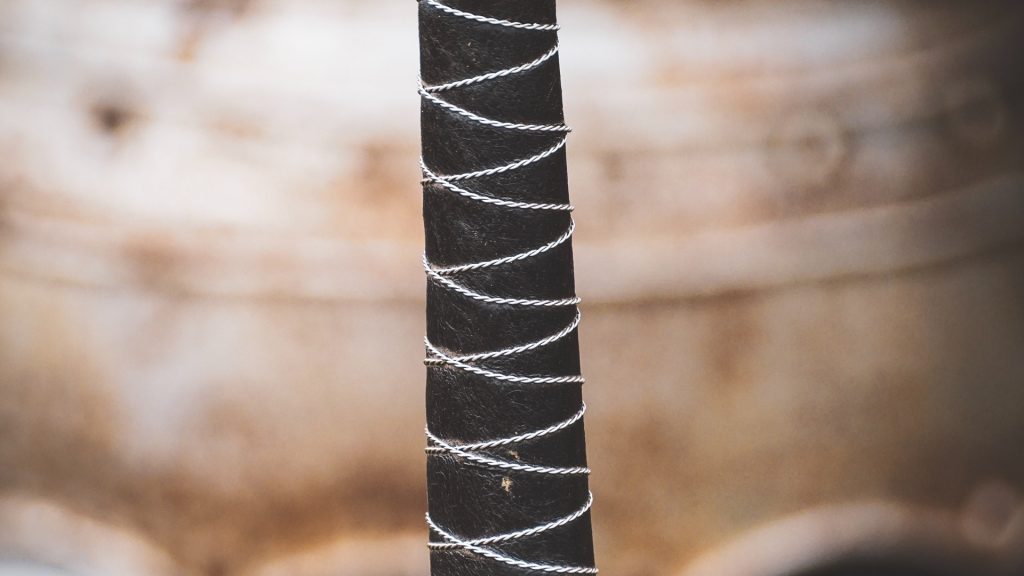Samurai Sword Handling
Swords played an important historical role in Japanese culture. It was believed that Japanese swords had a kind of mystical appearance. A warrior approached his sword as a thing, or rather a person, imbued with its power and supernatural properties with the utmost awe and respect. Those who owned a sword followed certain rules, which were part of the whole samurai code. A true samurai would abide by sword etiquette, and any deviation from it would indicate not only carelessness but also disrespect for traditions and the high standards of the warrior.
Restrictions on Sword Handling
One of the strongest proofs of the sword’s importance was the fact that women were not even allowed to touch it unless they touched it with the kimono sleeves. In some cases, a woman who entered the room where a samurai would clean his sword would be treated with disapproval. In general, samurai cleaned their swords like real treasures. For example, he could use a mosquito net to protect it from dust. Others would put a piece of paper in their mouths so that not the slightest drop of saliva could fall on the samurai sword. And those who were particularly devout would not even breathe near the sword.
In general, it was prescribed for all samurai to care for their swords and follow certain standards of handling them.
Receive a sword.
When a warrior receives a samurai sword, he is expected to bow to show his honour and respect towards the giver and swordsman. You have to keep in mind that every samurai sword has its own story to tell, and receiving it is quite an important event for any worthy warrior.
Unsheath a sword.
You should be allowed to unsheath the sword. When you take the knife out of the sheath (saya), you can only hold it in your left hand and move it gently so as not to cause minor scratches or even touch it. The longer the sword, the more careful you have to be. To do this, grab it in the middle from below and slowly pull it back with your right hand. The blade must be completely removed and the ha (cutting edge) must always be turned upwards.
Replace a sword.
When a samurai re sheaths his sword, he takes the saya (sheath) with his left hand, and the sword will be held by the hilt in the other hand. When he replaces the sword, he must gently hold the blade motionless and let it slide toward the opening. When the tip reaches the opening, it must be pressed down firmly to sheath the sword.
I was wielding a sword at the time.
If a samurai is holding his sword against someone else, he should hold it with the cutting edge facing him. With the tip up, the cutting edge facing the holder and his hand gripping the pommel, leaving some room for the receiver to handle it. The receiver will accept it when the holder shows him that he releases the grip with a slight movement of the sword. As soon as the receiver takes the sword, he turns it with the cutting edge towards him.
Examining a sword
Samurai should pay special attention to the knife—contact with bare hands should be completely avoided. You may only use rice paper or a special cloth for this. To take a more careful approach, he might put on white gloves to protect the blade from any exposed contact.
A warrior is not expected to talk about his sword in a way that can seem disrespectful in some ways. The holder must ask his company in advance to discuss the possible defects.
